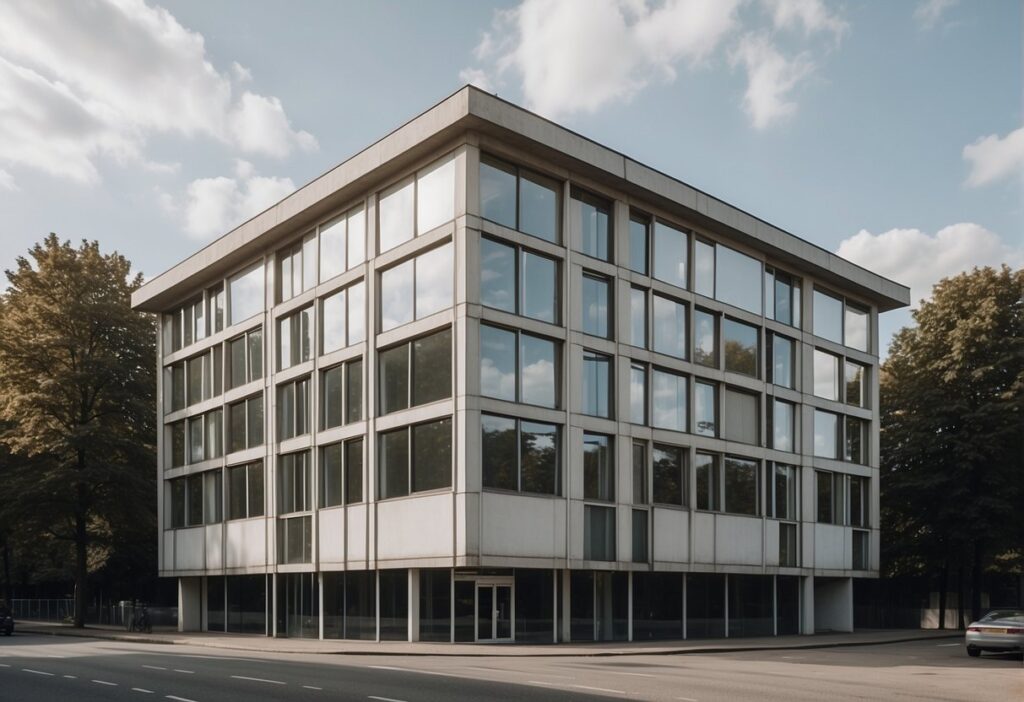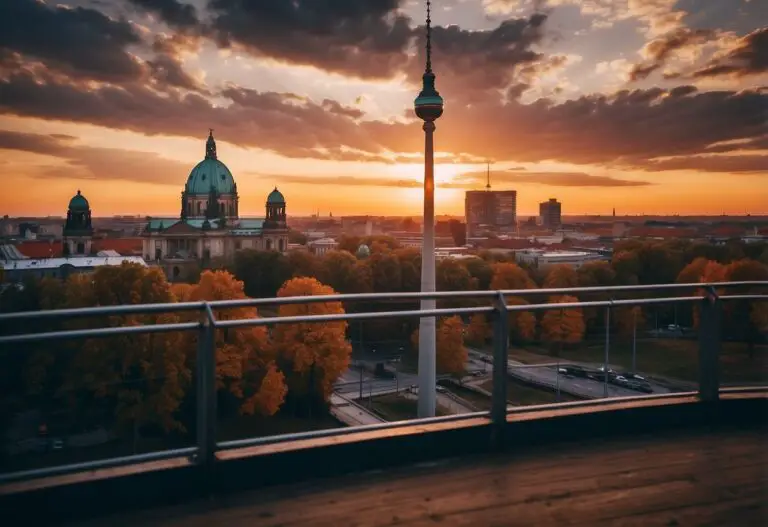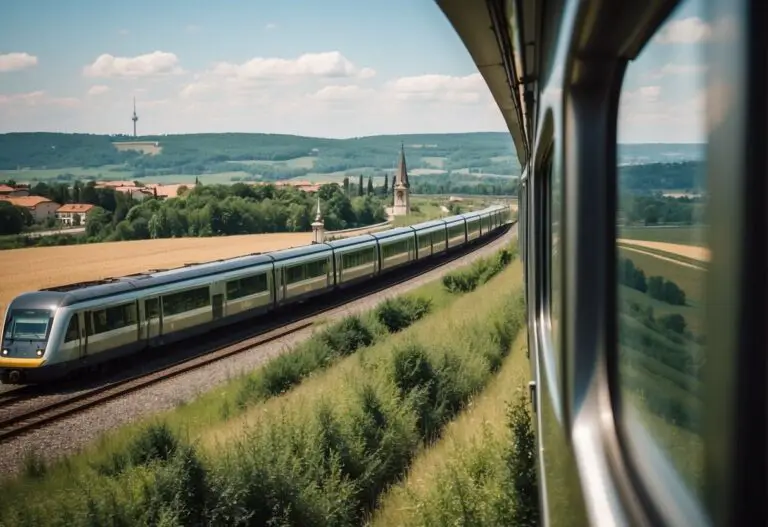Dive into Bauhaus Architecture Berlin, where simplicity and functionality meet groundbreaking design. This article explores the enduring influence of the Bauhaus movement on Berlin’s cityscape, highlighting key buildings and the principles that shaped them. Discover the iconic structures that embody this revolutionary style, forever changing the face of modern architecture.
Origins and Philosophy of Bauhaus

The Foundation in Weimar
The Bauhaus, a revolutionary school of art, design, and architecture, was Walter Gropius’s brainchild. Founded in 1919 in Weimar, it aimed to unify fine and applied arts, fostering an environment where teachers and students could craft the future together. Influential figures like Paul Klee and Wassily Kandinsky brought their expertise to Weimar. The Bauhaus philosophy was influenced by William Morris and the Arts and Crafts movement, but with an eye towards industrialization and modernism, making art accessible and functional.
Bauhaus Moves to Dessau and Berlin
In 1925, the Bauhaus relocated to Dessau, adapting its curriculum to marry artistic vision with practical skills, reflecting Gropius’s ethos that form should follow function. The iconic Bauhaus building in Dessau, designed by Gropius himself, became a physical manifestation of these ideals. As the Nazi regime rose to power, the school eventually moved to Berlin in 1932 under the direction of Ludwig Mies van der Rohe. Sadly, the school’s progressive nature led to its closure by the Nazis in 1933. Still, the legacy of the Bauhaus movement endures in 20th-century Germany and beyond, setting a pillar for modernist architecture.
Bauhaus’s Impact on Art, Architecture, and Design

Interdisciplinary Teaching and Practical Workshops
The Bauhaus movement, initiated by Walter Gropius, was groundbreaking in instilling an interdisciplinary approach to education. Melding theoretical teaching with practical workshops, the institution fostered an environment where painting, sculpture, and architecture were not distinct silos but intertwined disciplines. They lead the charge in marrying form and function into a singular, cohesive expression.
Notable Artists and Architects from Bauhaus
Numerous notable personalities emerged from the Bauhaus school, influencing wide-ranging artistic fields. Mies van der Rohe and Marcel Breuer revolutionized modernist architecture with minimalist aesthetics and functional designs. Artists like Kandinsky and Oskar Schlemmer redefined painting and sculpture, respectively. They collectively contributed to a canon of work that remains revered within the Museum für Gestaltung and beyond.
Bauhaus-Designed Objects and Furniture
Bauhaus’s philosophy extended into tangible objects and furniture design, routinely incorporating materials like steel and glass. Iconic pieces like Breuer’s tubular steel chairs and Wilhelm Wagenfeld’s lamps illustrate the movement’s embrace of industrial materials and technology. The functional beauty of these items speaks volumes of the Bauhaus’s mastery over form and utility, leaving a lasting imprint on how we design and utilize everyday objects.
Bauhaus Legacy and Continuing Influence

Global Spread and Influences
Bauhaus’s influence sweeps far beyond its German origins, fusing art with industry and spawning a global design vocabulary. The movement’s tentacles reached Tel Aviv, where thousands of Bauhaus-style buildings confer the city its White City moniker, and across the ocean to Chicago, where its principles were woven into the fabric of 20th-century American architecture. This cross-pollination of ideas underlined Bauhaus’s ethos: a universal design language accessible to all, transcending borders and cultures.
Preservation of Bauhaus Heritage in Berlin
Back in its cradle, Berlin’s Tiergarten hosts the Bauhaus-Archiv, which whispers the tale of this influential school. It’s a hive recently renovated, presenting exhibitions and housing a library, cafe, and museum—all steeped in Bauhaus’s iconic modernist architecture. Adjacent parts of Germany, notably West Berlin, safeguard this legacy too, being dotted with buildings characterized by geometric shapes and a bold rejection of expressionism, marking the centennial strides of a movement that began with a radical thought a hundred years ago—Bauhaus style isn’t just a moment in time; it’s a living, breathing facet of Berlin’s identity.
Where is Bauhaus architecture?
Bauhaus architecture can be found globally, but it originated in Germany, with notable examples in Dessau, Weimar, and Berlin.
When was the Bauhaus in Berlin?
The Bauhaus operated in Berlin from 1932 to 1933, marking its final phase before closing under pressure from the Nazi regime.
Which famous architects taught at the Bauhaus?
Famous architects who taught at the Bauhaus include Walter Gropius, Ludwig Mies van der Rohe, and Marcel Breuer.
Where are the most Bauhaus houses?
Most Bauhaus buildings are located in Dessau, Germany. The school operated from 1925 to 1932 and featured iconic designs like the Bauhaus Building and the Masters’ Houses.
If you liked this blog post about the topic: Bauhaus Architecture Berlin, don’t forget to leave us a comment down below to tell us about your experience with it.






